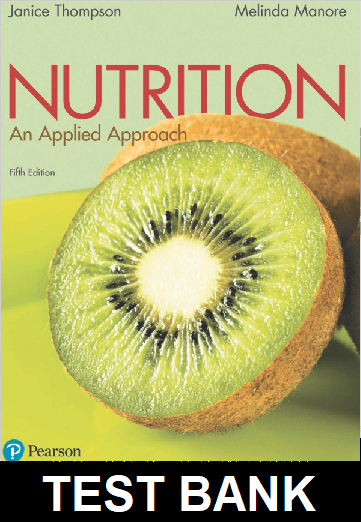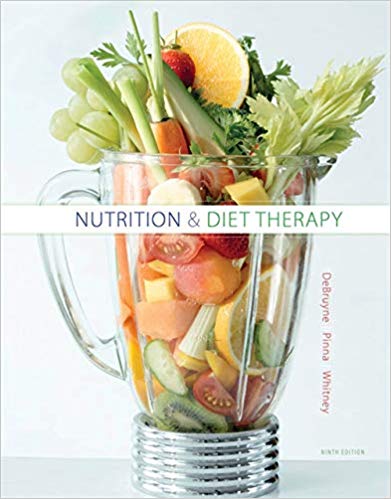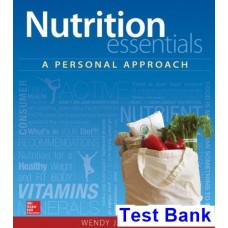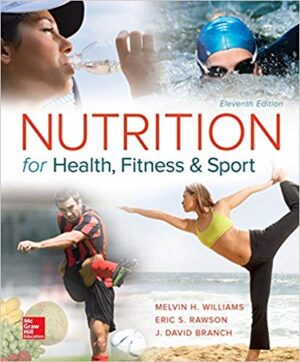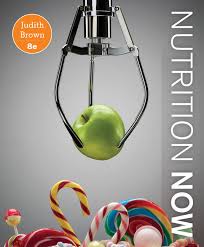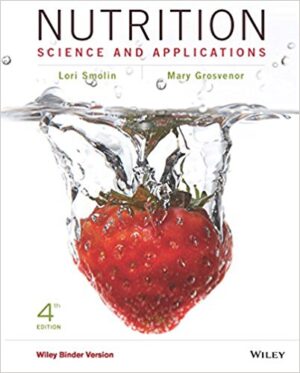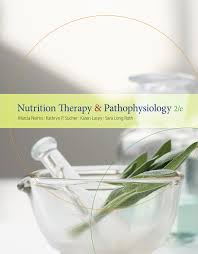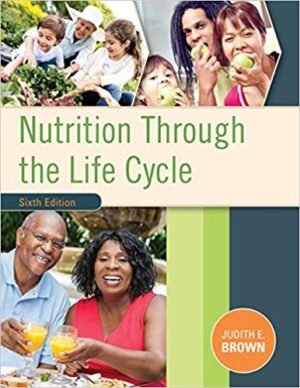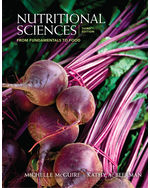Nutrition And Diet Therapy 8th Ed By Whitney – Test Bank
Do you need test banks fast? eTestBank.net is the best test bank website for you! Download your test bank right after you pay. No waiting!
Why eTestBank.net is Great:
✅ Instant Download:
Get your test bank right away after payment.
✅ Unlimited Downloads:
Download your test bank anytime and as many times as you want.
✅ 24/7 Live Help:
We are here to help you all day, every day.
✅ Guaranteed Delivery:
If you don’t get the download right away, we will send it to you in 3 to 6 hours.
How to Get Your Test Bank:
- Pick Your Test Bank: Choose from many test banks.
- Pay Safely: Pay securely on eTestBank.net.
- Download Instantly: Get your test bank immediately after payment.
- Download Anytime: Unlimited downloads whenever you need them.
Need Help? Contact Us:
📧 Email: [Support@etestbank.net]
📱 WhatsApp: [https://wa.me/message/MC222DLQ4GDXL1r]
Didn’t Get Your Download?
Don’t worry! If you don’t get the file right away, we’ll send it to you in 3 to 6 hours. Need it sooner? Contact us by email or WhatsApp.
💡 Buy now from eTestBank.net for instant downloads, unlimited access, and 24/7 support—get your test bank today!
Chapter 3 – Lipids
Answer, K/A, page(s) K = knowledge question; A = application question
True/False
F K 62 1. A triglyceride must contain specific combinations of fatty acids.
F K 66 2. High intakes of saturated and trans fats increase the risk of heart disease by lowering LDL and raising HDL cholesterol.
T K 66-68 3. Not all fatty acids have the same cholesterol-raising effect.
T K 72 4. Foods that are thought of as protein-rich foods may actually contain more fat energy than protein energy.
T K 74 5. It is possible to consume too little fat.
F K 76 6. Research has shown that fat substitutes are always effective at promoting weight loss.
Multiple Choice
a K 60 1. Fat functions in the body to:
a. provide energy.
b. regulate body processes.
c. build muscle tissue.
d. synthesize enzymes.
b K 60 2. The body fuel that can be stored in unlimited amounts is:
a. glycogen.
b. fat.
c. protein.
d. glucose.
c K 60-61 3. Which of the following does not describe a function of fat?
a. It provides insulation to the body.
b. It is an essential constituent of cell membranes.
c. It is the best source of energy for the brain.
d. It is a storage form of energy.
a K 61 4. Which of the following fats predominates in the diet and in the body?
a. triglycerides
b. cholesterol
c. phospholipids
d. lecithins
a K 61 5. The compound that forms the backbone of triglycerides is called:
a. glycerol.
b. fatty acid.
c. acetic acid.
d. glycogen.
a K 61 6. Fatty acids are packaged with _____ to make a triglyceride.
a. glycerol
b. glycogen
c. glucose
d. sucrose
c K 62 7. The term “unsaturated fat” means that:
a. its carbon chains contain fewer than ten carbons.
b. the fat lacks glycerol.
c. hydrogens are missing in the fatty acid chains.
d. the fat is solid at room temperature.
b K 62 8. A fatty acid with two or more double bonds is described as:
a. monounsaturated.
b. polyunsaturated.
c. emulsified.
d. homogenized.
b K 62 9. Which of the following contains the softest fat?
a. pork fat
b. chicken fat
c. beef tallow
d. lard
c K 62 10. When exposed to oxygen, fats can become _____.
a. saturated
b. hydrogenated
c. rancid
d. trans fats
b K 63 11. Food producers hydrogenate unsaturated fatty acids in order to:
a. make them softer.
b. give foods a longer shelf life.
c. make them more healthy.
d. reduce the calories in food.
a K 63 12. Trans-fatty acids are:
a. naturally found in some foods.
b. beneficial to health.
c. created by an oxidation reaction.
d. essential.
c K 63 13. Trans fatty acids are found in the greatest amounts in:
a. animal foods.
b. plant foods.
c. foods made with partially hydrogenated oils.
d. the essential fatty acids.
c K 63-64 14. Which of the following compounds cannot be synthesized in the body in amounts sufficient to meet physiological needs?
a. lecithin
b. cholesterol
c. linoleic acid
d. glycogen
c K 63 15. An essential fatty acid is one that:
a. is necessary and made by the body in large quantities.
b. comes only from plant foods.
c. is necessary and must be supplied by food.
d. comes only from animal sources.
b K 63 16. Linolenic acid is classified as an essential fatty acid because it:
a. neutralizes cholesterol.


